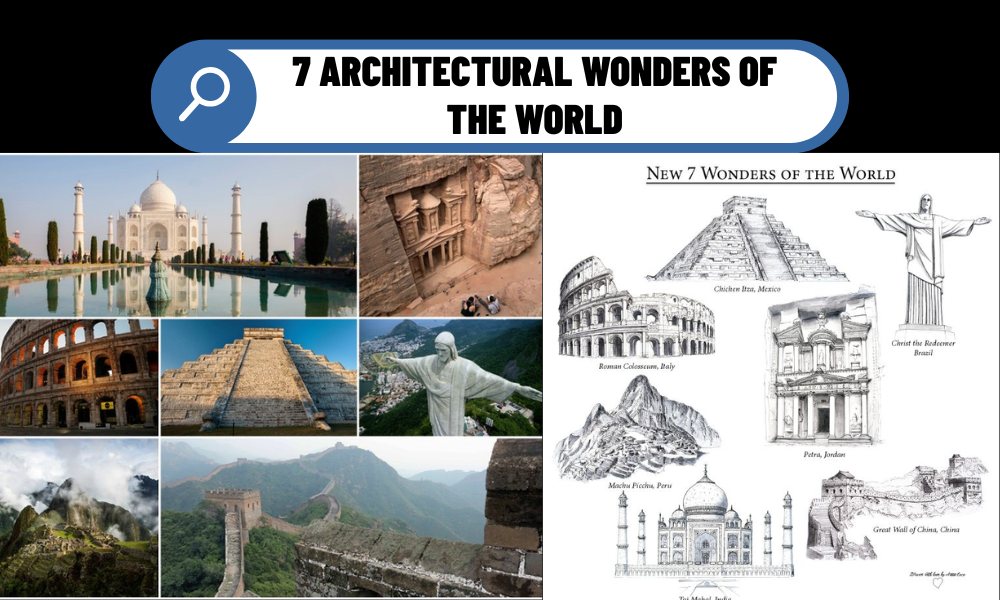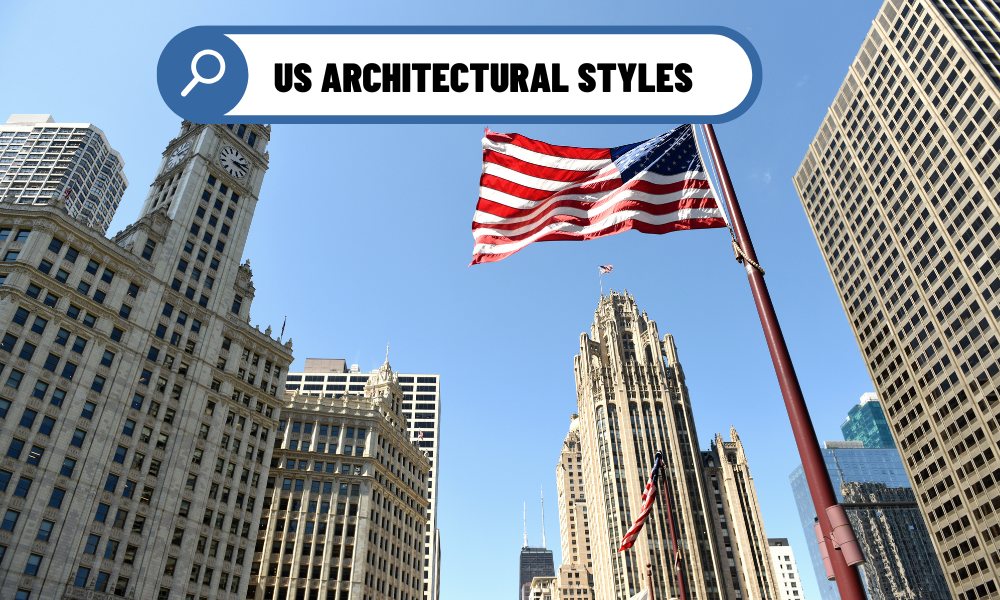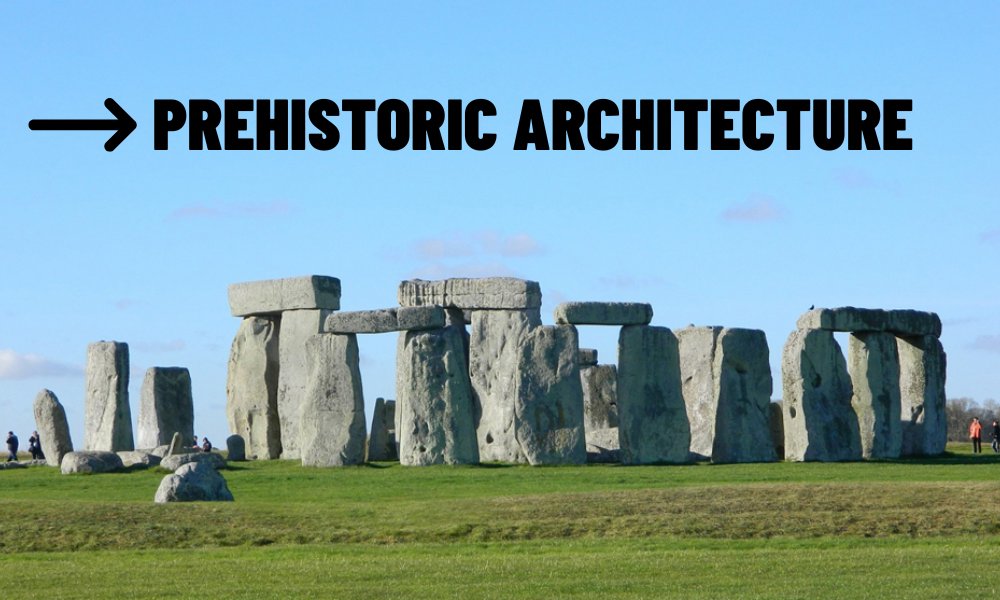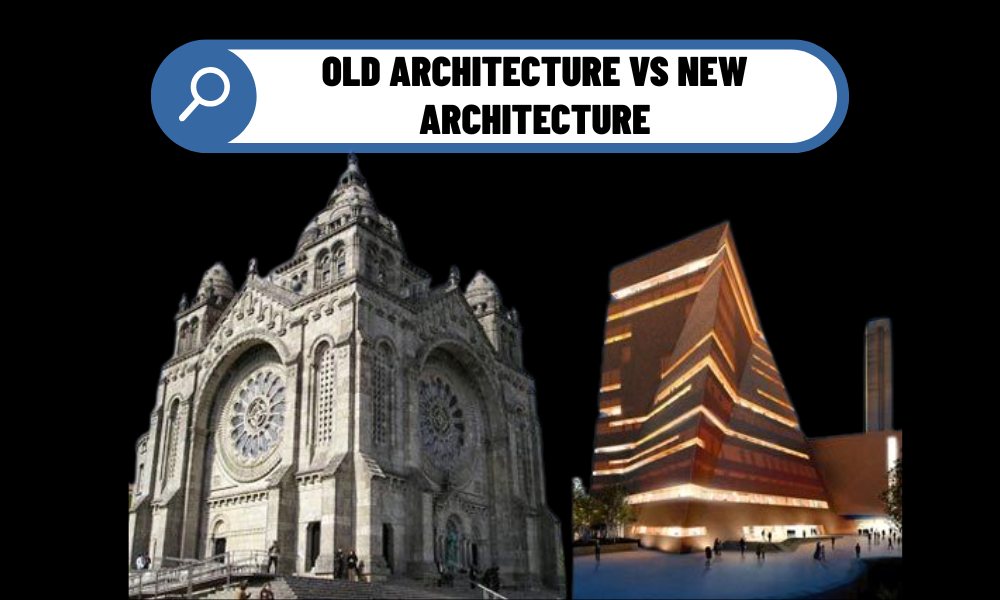Architecture has always been a reflection of the civilization that creates it—mirroring its values, technological advancements, and cultural heritage. Across the globe, there are several architectural wonders that stand as testaments to human ingenuity, creativity, and determination. These magnificent structures have endured the test of time and continue to inspire awe, serving as pillars of history and culture.
Join us on a journey through the 7 most iconic architectural wonders of the world, spanning from ancient civilizations to modern marvels that shape the way we see space and design today.
Contents
1. The Great Pyramid of Giza – Egypt
Location: Giza, Egypt
Built: Around 2560 BCE
Type: Ancient tomb
Why It’s a Wonder:
The Great Pyramid of Giza is not only a symbol of ancient Egypt but also one of the most remarkable engineering feats ever achieved by humans. Built as a tomb for Pharaoh Khufu, the pyramid was constructed with over 2 million limestone blocks, each weighing tons. Its precision, alignment with the stars, and immense scale continue to puzzle historians and engineers alike.
2. The Taj Mahal – India
Location: Agra, India
Built: 1632–1653
Type: Mausoleum and Islamic architecture
Why It’s a Wonder:
The Taj Mahal, often referred to as the “symbol of love,” is a masterpiece of Mughal architecture. Constructed by Emperor Shah Jahan in memory of his beloved wife Mumtaz Mahal, the mausoleum features intricate marble inlay work, delicate arches, and expansive gardens that embody Persian, Islamic, and Indian influences. Its timeless beauty continues to captivate visitors worldwide.
3. Machu Picchu – Peru
Location: Andes Mountains, Peru
Built: 15th century (Inca Empire)
Type: Ancient city
Why It’s a Wonder:
Machu Picchu is one of the most awe-inspiring archaeological sites in the world, built by the Inca civilization in the 15th century. Perched high in the Peruvian Andes, the city’s precise stonework, terracing, and sophisticated water systems demonstrate the Incas’ advanced engineering skills. Its remote location and the mystery surrounding its purpose continue to spark fascination.
4. The Colosseum – Italy
Location: Rome, Italy
Built: 70–80 CE
Type: Amphitheater
Why It’s a Wonder:
The Colosseum in Rome is an enduring symbol of the grandeur of the Roman Empire. It could hold over 50,000 spectators and was used for gladiatorial contests and public spectacles. Known for its innovative use of arches and its advanced crowd management system, the Colosseum represents Roman engineering and their passion for public entertainment.
5. The Statue of Liberty – USA
Location: New York City, USA
Built: 1884–1886
Type: Neoclassical sculpture
Why It’s a Wonder:
A gift from France, the Statue of Liberty stands tall at the entrance of New York Harbor, welcoming immigrants to America. Designed by sculptor Frédéric Auguste Bartholdi and with an iron framework by Gustave Eiffel, the statue symbolizes freedom, democracy, and the enduring spirit of hope. It remains one of the most recognizable landmarks in the world.
6. The Great Wall of China
Location: Northern China
Built: From the 7th century BCE to the 17th century CE
Type: Defensive structure
Why It’s a Wonder:
Stretching over 21,000 kilometers, the Great Wall of China is the longest man-made structure in the world. Initially built to protect the Chinese empire from invaders, the wall’s construction involved vast human resources and military strategy. Its massive scale and the impressive watchtowers built along its length are a testament to Chinese resilience and ingenuity.
7. The Eiffel Tower – France
Location: Paris, France
Built: 1887–1889
Type: Iron lattice tower
The Eiffel Tower, designed by engineer Gustave Eiffel, was initially built as a temporary structure for the 1889 Exposition Universelle in Paris. Standing at 330 meters tall, it was the tallest man-made structure in the world for 41 years. Today, it is an enduring symbol of Parisian elegance, technological achievement, and architectural beauty. Its unique iron lattice design continues to inspire modern engineers and architects.
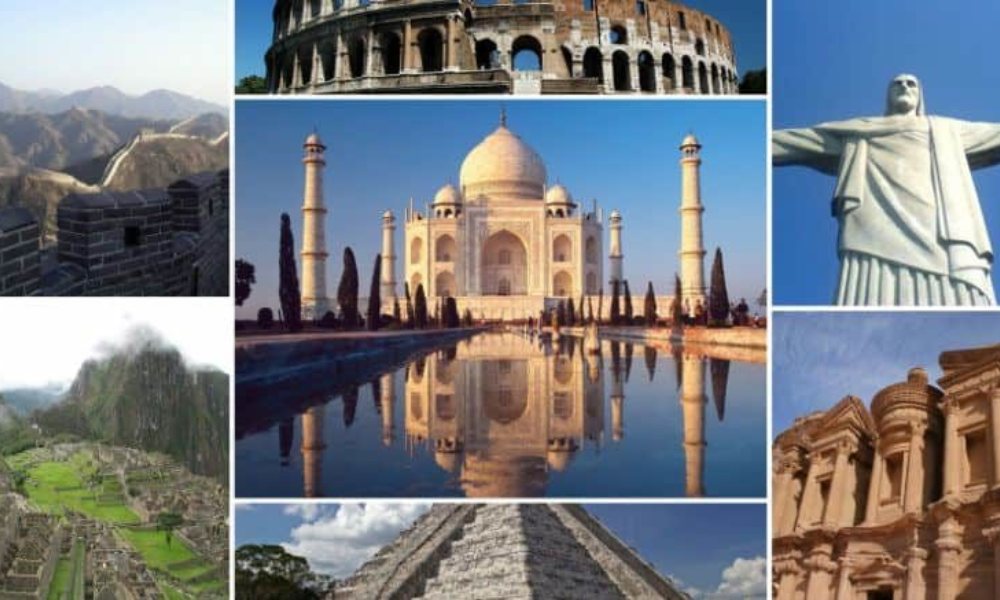
Architecture: Connecting Cultures and Eras
These 7 architectural wonders not only demonstrate the genius of the architects who conceived them but also reflect the cultures, beliefs, and aspirations of the people who built them. From the majestic tombs of ancient Egypt to the revolutionary structures of modern Europe and America, architecture continues to be one of the most powerful ways humanity expresses its identity and progress.
As we move into the digital age, architecture is being redefined. The principles behind these monumental works of architecture are inspiring the next generation of virtual environments, digital assets, and metaverse spaces. Just as ancient builders once sought to create lasting legacies, today’s architects are exploring new frontiers in the virtual realms of NFTs and tokenized real estate.
Explore More Architectural Wonders
The Seven Architectural Wonders of the World serve as a constant reminder of what humans can achieve with determination, vision, and creativity. Whether you’re traveling to visit them in person, studying them for design inspiration, or exploring their virtual counterparts in the metaverse, these structures continue to captivate and inspire people around the world.
